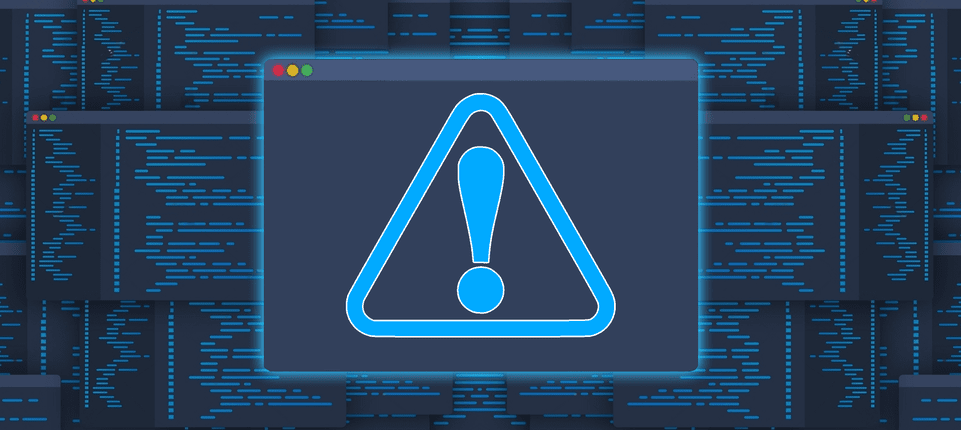
Exception Handling in Java
Introduction
Exception handling is a crucial aspect of Java programming that allows developers to gracefully manage unexpected events in their code. In this article, we'll explore the basics of exception handling, including what exceptions are, how to handle them using try-catch blocks, different types of exceptions, the exception hierarchy, and the role of finally blocks.
Understanding Exceptions
An exception is an undesirable event that disrupts the normal flow of a program. For example, attempting to parse an integer from the string "pants" will result in a NumberFormatException. Without proper handling, the program terminates, displaying an error message.
Try-Catch Blocks
To handle exceptions, Java provides try-catch blocks. The try block contains code that might cause an exception, and the catch block catches and handles specific types of exceptions.
public class Main {
public static void main(String[] args) {
try {
// Code that might cause an exception
int result = Integer.parseInt("pants");
} catch (NumberFormatException e) {
// Handling the specific exception
System.out.println("Hey dude, you can't make an int out of that! Stop trying!");
}
}
}
In this example, the parseInt method attempts to convert the string "pants" to an integer. The catch block catches the NumberFormatException that is thrown and prints a user-friendly message instead of letting the program terminate abruptly.
Common Catch Examples in Exception Handling
When implementing exception handling in Java, it's crucial to be familiar with common catch examples:
NumberFormatException: Occurs when attempting to convert a string to a numeric format, but the string does not contain a valid numeric value.
NullPointerException: Happens when trying to access or manipulate an object reference that has a null value.
ArrayIndexOutOfBoundsException: Thrown when trying to access an array element with an index outside the bounds of the array.
FileNotFoundException: Occurs when attempting to access a file that does not exist or cannot be opened.
IOException: Indicates an error occurred while performing I/O operations, such as reading from or writing to a file.
By understanding and effectively handling these common catch examples, you can write robust and reliable exception handling code in your Java application.
Exception Hierarchy and Multi-Catch Statement
Exception handling in Java apply the exception hierarchy. The catch block specifies the type of exception it can handle. By catching a broader exception type, like Exception e, you can handle any subclass of that exception.
public class Main {
public static void main(String[] args) {
try {
// Code that might cause an exception
int result = Integer.parseInt("pants");
} catch (NumberFormatException | NullPointerException e) {
// Handling multiple types of exceptions
System.out.println("Caught exception: " + e.getClass().getSimpleName());
} catch (Exception e) {
// Handling a broader exception type
System.out.println("Caught a generic exception: " + e.getClass().getSimpleName());
}
}
}
In this example, the catch blocks demonstrate catching specific exceptions (NumberFormatException and NullPointerException). The use of | in the catch statement allows handling multiple exception types in a single block. The broader catch block for Exception serves as a catch-all for any other unexpected exceptions.
Exception Propagation
When an exception is not caught immediately, it propagates up the call stack to the method that called it. This enables developers to handle exceptions in higher-level methods, providing flexibility in organizing exception-handling code.
public class Main {
public static void main(String[] args) {
try {
// Code in the main method
callMethod();
} catch (NumberFormatException e) {
System.out.println("Exception caught in the main method: " + e.getMessage());
}
}
private static void callMethod() {
// Code in another method
int result = Integer.parseInt("pants");
}
}
In this example, the callMethod is called from the main method, and the NumberFormatException is thrown in callMethod. The exception propagates up the call stack to the main method, where it is caught and handled.
Finally Blocks
finally blocks contain code that always executes, whether an exception occurs or not. It ensures that critical cleanup or resource management code is executed, making it suitable for tasks like closing database connections or file streams.
public class Main {
public static void main(String[] args) {
try {
// Code that might cause an exception
int result = Integer.parseInt("1");
System.out.println("Parsed successfully: " + result);
} catch (NumberFormatException e) {
System.out.println("Exception caught: " + e.getMessage());
} finally {
// Code in the finally block always executes
System.out.println("Finally block executed, regardless of an exception.");
}
}
}
In this example, the finally block contains code that always executes, irrespective of whether an exception occurred or not. This is useful for tasks that should be performed regardless of the success or failure of the try block.
Return Statement in Finally Block
It's important to note that a return statement in the finally block can override returns from try or catch blocks, leading to unexpected behavior.
public class Main {
public static void main(String[] args) {
System.out.println("Result: " + printANumber());
}
private static int printANumber() {
try {
return 3;
} catch (Exception e) {
return 4;
} finally {
// The return in finally overrides the previous return
return 5;
}
}
}
In this example, the printANumber method tries to return 3 in the try block, catches an exception in the catch block (which is not executed), and then finally returns 5. The return in the finally block overrides the previous return statements, demonstrating the potential for unexpected behavior.
Conclusion
Exception handling is a vital skill to reliable Java programs and other applications in general. Understanding how to use try-catch blocks, the exception hierarchy, multi-catch statements, exception propagation, and finally blocks allows you to manage unexpected events effectively. While most situations can be handled with try-catch, finally blocks offer a way to ensure essential cleanup tasks are performed, contributing to the overall stability of the code.